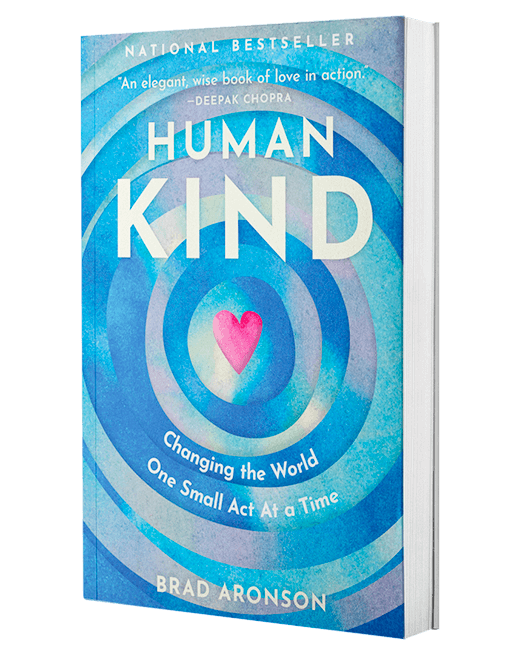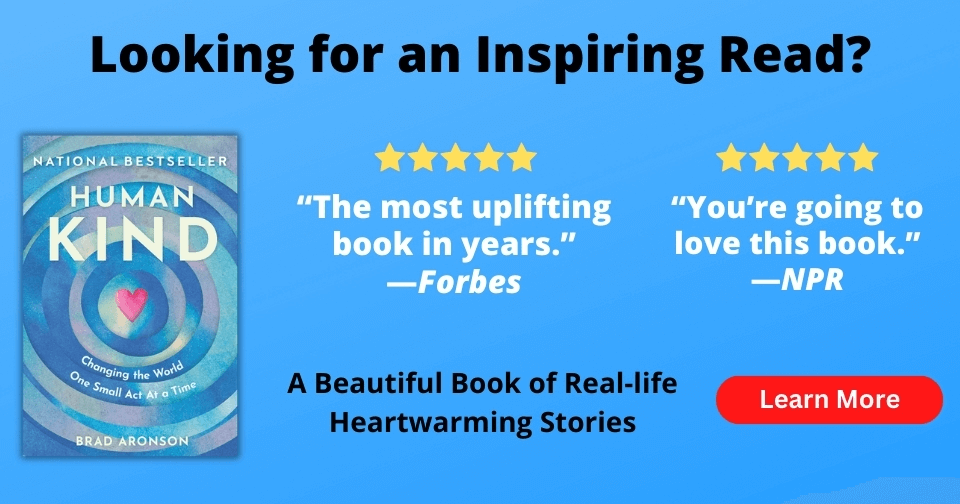Write letters of encouragement to people who could use support
There are many organizations that will forward your letters of support to kids in the hospital, women newly diagnosed with breast cancer, troops on the front lines, children in foster care, refugees and others in need. During the pandemic, there have been extreme restrictions on visits with hospital patients, and a resulting sense of isolation can especially affect children and elderly people, so they’re among the most in need right now. Below are a few organizations that will send your good wishes to them.
After Gina Mulligan was diagnosed with breast cancer, she received more than two hundred letters of support—mostly from friends of friends. She was touched by the letters and started Girls Love Mail to provide that type of support to women recently diagnosed with breast cancer. The site is full of patient testimonials about the impact the letters make: “As I read them I started crying … I was so glad to see that someone … was thinking of me and wishing me well … It melts my heart to receive these letters.”
William Scannell IV started Any Refugee when he was nine years old after his father told him how people sent letters of support to “Any Soldier.” Any Refugee is now part of Jesuit Refugee Services, which works in more than fifty-five countries and distributes the postcards to refugee children. Schools use the act of writing to refugees and the educational materials on Any Refugee’s website to teach about the plight of refugees and empower students to provide hope.
When Hannah Brencher was going through depression, she wrote encouraging letters and left them for strangers wherever she went in New York City. It was her way of paying back the love letters her mother consistently left for her. Then she wrote a blog post with the offer “If you need a love letter, just ask.” Nearly four hundred handwritten letters later, the idea for The World Needs More Love Letters was born. To date, the nonprofit has delivered more than 250,000 love letters to people in seventy-three countries. You can nominate people who you think could use love letters. The organization chooses new recipients each month, and site visitors choose which ones to write to. The letters are sent to the nominators, who read them to make sure they’re appropriate before giving them to the recipients.
Jacob Cramer founded Love for Our Elders after his grandfather died. Thirteen years old at the time, Jacob wanted to bring happiness to elderly people. According to the nonprofit, more than 90 percent of seniors living in nursing facilities report feeling lonely, isolated or depressed. Founded in 2013, Love for Our Elders has distributed letters from fifty thousand volunteers in more than seventy countries to seniors in eleven countries.
Robert Mason, a former 911 operator, founded Letters Against Depression as a response to the high volume of depression-related calls that came in. The organization sends encouraging letters to people suffering from depression, anxiety and other mental illnesses to let them know they’re not alone. Recipients sign themselves up to get letters. Volunteer writers send the letters to the organization, which forwards them to recipients around the world.
Jerry Harris and wife Susanne started Color a Smile after Jerry was at a friend’s house and noticed the colorful artwork hanging on the refrigerator. Jerry knew he’d soon have his own artwork from his then-infant son and wanted to share that joy with people who might feel forgotten. You can print a page from the Color a Smile website, color it and send it to Color a Smile for distribution. The site also has “free art” pages if you want to create your own art to color. If you or someone you know could benefit from cheerful pictures, you can sign up via the website. Color a Smile has given out more than two million cheerful pictures to senior citizens, troops overseas, veterans homes and anyone in need of a smile.
Letters for Hospitalized Kids
Jen Rubino’s inspiration for founding CFHK was her own hospitalization as a child and teen. She sometimes felt forgotten, depressed, lonely and isolated. During one difficult hospital stay, she received a handmade card from a hospital volunteer that brightened her day. “When I got the card, I felt I was not forgotten and people were thinking of me. That is what I want to do for other kids.” CFHK has delivered cards to more than five hundred thousand children. Justyna Griffin, activity and donations coordinator at Lurie Children’s Hospital of Chicago, captures the importance of these cards to parents as well: “I think that the notion of a complete stranger taking the time to create something beautiful to convey an uplifting message to them and their sick child really touches them. Through their beauty, through simple words and wishes, the cards give parents a sense of optimism and maybe even hope. It’s like they represent good energy of the universe that is being sent to their family in crisis. That matters and it helps.”
This nonprofit delivers uplifting cards to kids in hospitals around the world. More than four hundred thousand cards in eighteen languages have been delivered to kids in more than forty countries.
While hospitalized as a teenager, Vikki George found that receiving cards was the only thing that made her smile when she was bed-bound and isolated due to her illness. So she and other sick teens started Post Pals, which sends cards to hospitalized kids in the United Kingdom as well as their siblings, who often tend to feel overlooked.
Letters for Soldiers
Some service members receive no mail, and the websites of nonprofits that send letters to service members are filled with notes of appreciation like this one on the Soldiers' Angels site: "I want to start out by telling you what a great feeling it is to open a letter from someone you have never met before and feel so loved by a complete stranger ... Thank you for all that you do." The following organizations coordinate sending letters and care packages to service members:
While deployed in Iraq, Patti Patton-Bader’s son told her that he was one of the few soldiers receiving care packages, so she gathered some friends and neighbors and they began sending packages to his whole platoon. More and more requests came from soldiers, combat hospitals and families of soldiers, so Patti and her friends built an organization to match soldiers and their needs with people who wanted to help. Soldiers’ Angels sends letters and care packages to deployed U.S. service members. The minimum commitment is sending three letters or three care packages over three months. You can also sign up to adopt a service member and send one letter a week and one care package a month during that person’s deployment. Volunteers need to donate $12, which allows you to participate in all volunteer activities offered by Soldiers’ Angels and helps to cover overhead expenses.
While volunteering at the Los Angeles Airport military lounge in the wake of 9/11, Carolyn Blashek talked with a soldier who felt like he had no one, and she decided that every soldier should hear from people at home. So she founded Operation Gratitude, which sends care packages accompanied by handwritten letters and handmade items to troops, veterans, first responders, new recruits, and wounded heroes and their caregivers. Operation Gratitude has sent more than 3.5 million care packages.
While Brian Horn was serving in Iraq, his parents sent him an average of six care packages a week. When he called home to ask for more, they thought he was kidding. He wasn’t—he wanted to give care packages to soldiers who received little or no mail. So Brian’s parents started the Any Soldier website, which has served more than two million troops. Troops serving overseas request items that their units could use, from underwear and socks to baseballs and puzzles. You choose a request to fill, and when your package arrives, the person who made the request gives your letters or care package to people in the unit who don’t get much or any mail. Keep in mind that this isn’t as simple as bringing a care package to the post office. You’ll need to download and fill out customs forms, and they’ll list shipping limitations that you’ll want to know about before buying care package items.


